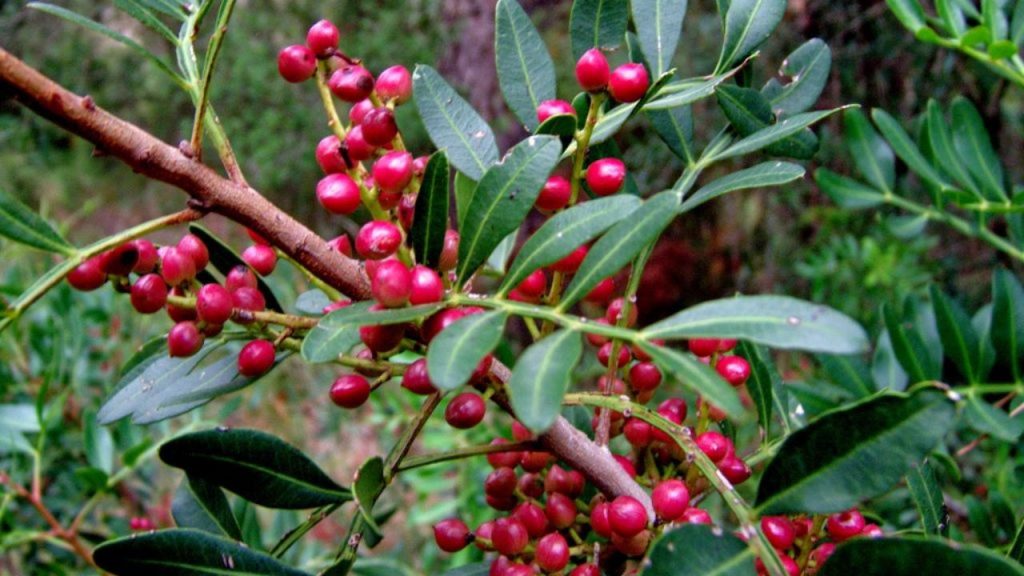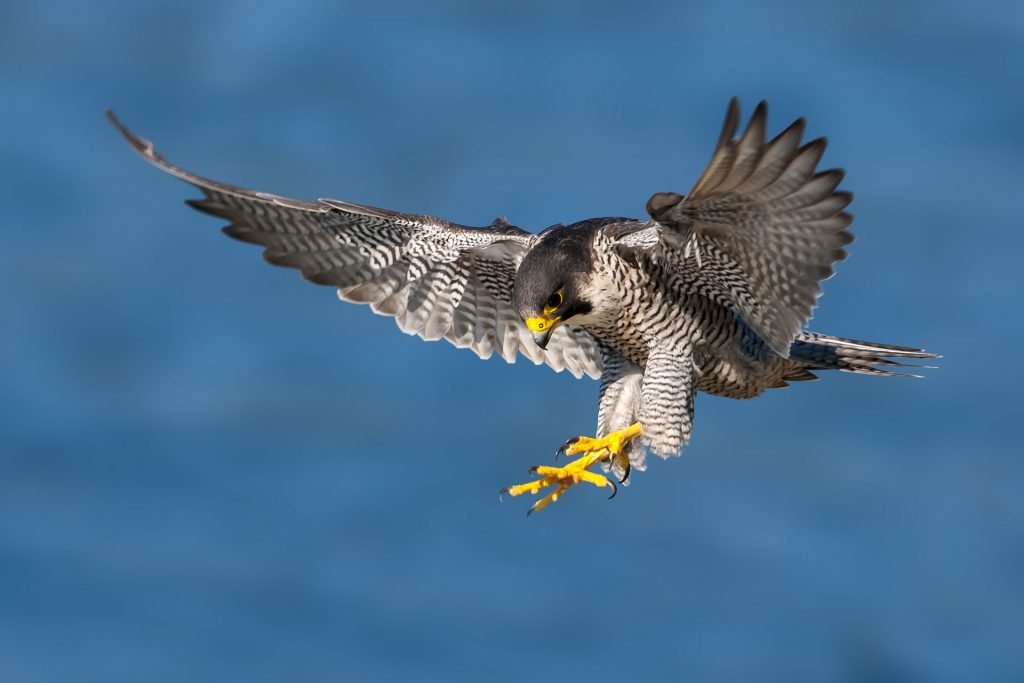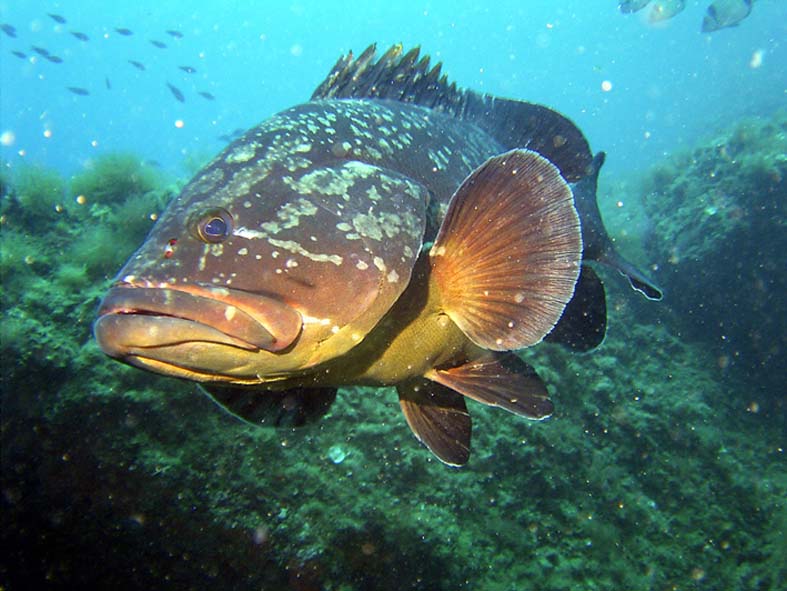The headland of Capo Caccia along with the Neptune’s Cave that riddles it from the sea to the heart, is part of a natural heritage of priceless value, a realm of biodiversity. In order to preserve those areas rich in endemic Sardinian flora and fauna, in1999 and 2002, respectively, both the Porto Conte Regional Nature Park and the Marine Protected Area AMP of Capo Caccia – Isola Piana were finally established.
The flora is represented by typical species of the Mediterranean biome or “maquis”, such as the juniper, wild olive tree, mastic shrub and sea fennel as well as some endemics like the dwarf fan palm, Centaurea horrida and Brassica insularis sea cabbage.






The sheer cliffs of Capo Caccia and Foradada Island provide habitat for birds of prey like the griffon vulture and peregrine falcon, and for seabirds such as the yellow-legged gull which during breeding season from March to May, tenaciously defends its brood, and also for the cormorant, Mediterranean shearwater and European storm petrel frequently seen in the stretch of sea bounded by the Cave of Neptune.
The Escala del Cabirol allows overland access to the Cave and the 654-step stairway is cut into the cliff of limestone rock. Taking the steps, a few Rudists fossils consisting of extinct chiefly Cretaceous bivalve molluscs can be seen besides a variety of plant species.
The marine fauna is well represented by typical coral-bearing species, rich in crustaceans such as lobster and among fishes, like the dusky grouper.
Of course, in the sea bed there is no shortage of the precious Corallium rubrum –that kind of red coral which has played a significant role in the cultural and economic development of the town of Alghero, to the extent that its seashore is named "Coral Riviera", and a red coral branch has been included into the municipal coat of arms.




According to waters clarity, the marine flora ecosystem is also defined by lush meadows of flowering underwater plants such as the endemic Posidonia oceanica. Amongst this dense foliage lives a rare bivalve mollusc, the seriously endangered Pinna nobilis.
